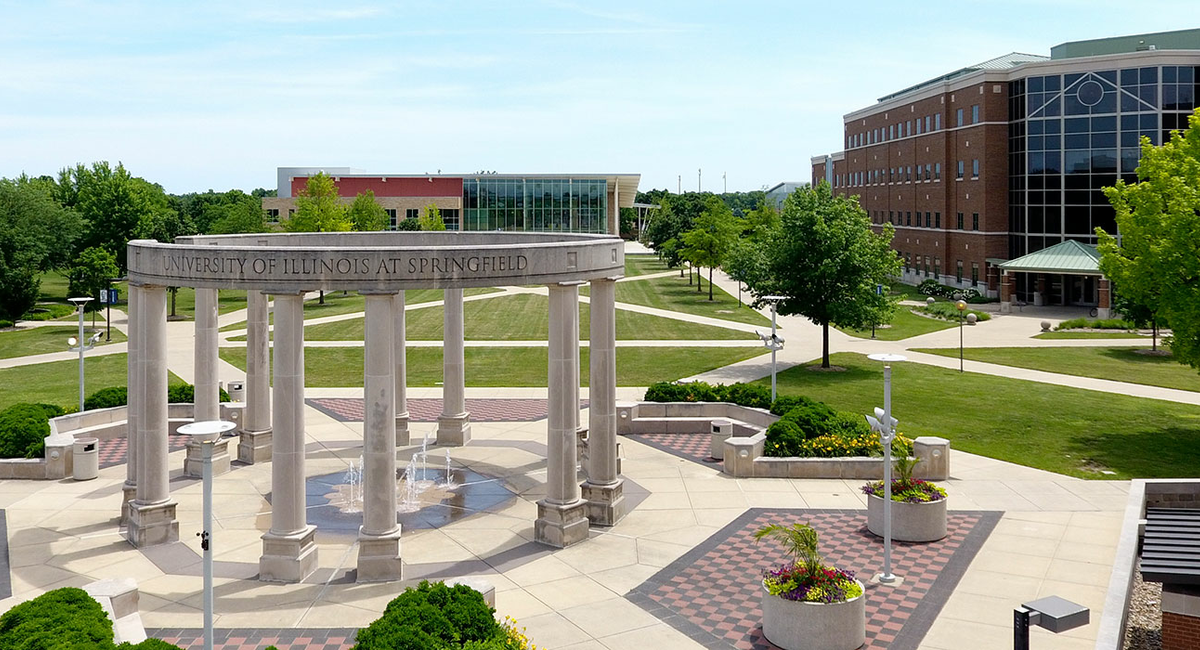
Michael Burlingame, holder of the Chancellor Naomi B. Lynn Distinguished Chair in Lincoln Studies at University of Illinois Springfield, is the author of Abraham Lincoln: A Life, The Inner World of Abraham Lincoln, and Lincoln and the Civil War, as well as the editor of many collections of Lincoln primary source materials. A graduate of Princeton University and Johns Hopkins University, he taught at Connecticut College in New London for many years before joining the faculty at University of Illinois Springfield in 2009. That year, The Atlantic rated Abraham Lincoln: A Life one of the five best books of the year, and in the New York Review of Books, the dean of Civil War historians, James McPherson, wrote that Burlingame “knows more about Lincoln than any other living person.”
In the summer of 1862, Dakota Indians in Minnesota, understandably angry at white encroachment on their territory, at the government’s failure to deliver promised supplies and money, and at the notorious corruption of Indian agents and traders, attacked white men, women, and children along the frontier, killing hundreds and driving over 30,000 from their homes. It was the bloodiest massacre of civilians on U.S. soil prior to September 11, 2001.
After U.S. Army forces under General John Pope put down the rebellion, a military court condemned 303 Dakotas to death. Faced with a potential mass execution, Abraham Lincoln “resolved that such an outrage, as the indiscriminate hanging of these Indians most certainly would be, shall not take place,” according to a Washington newspaper widely regarded as an administration organ. When the president ordered the suspension of the sentences and demanded to see “the full and complete record of these convictions,” General Pope reported that white Minnesotans “are exasperated to the last degree.” The “most horrible massacres have been committed; children nailed alive to trees, women violated and then disemboweled – everything that horrible ingenuity could devise.” Therefore, the general warned, “if the guilty are not all executed I think it nearly impossible to prevent the indiscriminate massacre of all the Indians – old men, women, and children.”
Echoing that admonition, a Minnesota newspaper similarly counseled against leniency: “If the Government wants wholesale hanging by the acre; if it wants the Western plains turned into a wide Golgotha of dead Indians; if it wants them hunted down like wild beasts from the face of the continent, it had better refuse to perform the act of justice which the people of this State demand.”
Minnesota’s congressional delegation and Governor Alexander Ramsey joined the chorus demanding that all 303 convicted Dakotas be hanged. Congressman Cyrus Aldrich told Lincoln that if all the men found guilty of murder or rape were not executed, his constituents would “dispose of them in their own way.” One missionary to the Dakota advised Lincoln “to execute the great majority of those who have been condemned” lest “the innocent as well as the guilty” be killed by vengeful settlers.
As the president and two government lawyers pored over the military court records, they discovered that some trials had lasted only fifteen minutes, that hearsay evidence had been admitted, that due process had been ignored, and that counsel had not been provided the defendants. The attorneys recommended that many of the condemned men be pardoned. While considering what to do, the president received letters from Minnesotans insisting that no mercy be shown to the “lurking savages.”
The situation resembled the one Lincoln had faced thirty years earlier during the Black Hawk War in Illinois, when his fellow militiamen wished to kill an Indian who entered their camp bearing a safe-conduct pass; then Lincoln had courageously blocked them and saved the Indian’s life.
After carefully reviewing the army trial records, the president authorized the execution of the thirty-seven Dakotas found guilty of murder and the two convicted of rape, thus sparing the lives of 264 condemned men.
Lincoln explained his reasoning to the U.S. Senate: “Anxious to not act with so much clemency as to encourage another outbreak on one hand, nor with so much severity as to be real cruelty on the other, I ordered a careful examination of the records of the trials to be made, in view of first ordering the execution of such as had been proved guilty of violating females.” In dealing with the murder charges, he had sought to discriminate between those involved in massacres and those participating only in battles.
As execution day for the condemned men drew near, Lincoln instructed the authorities to be careful not to hang Chas-kay-don, whose name was similar to one of the condemned men. At the last minute, the president pardoned Round Wind, who had helped some whites escape. On December 26, the men convicted of rape and/or murder died together on the gallows. In 1864, Governor Ramsey told Lincoln that if he had approved the execution all 303 Dakotas, he would have won more support for his reelection bid. “I could not afford to hang men for votes,” the president replied.


